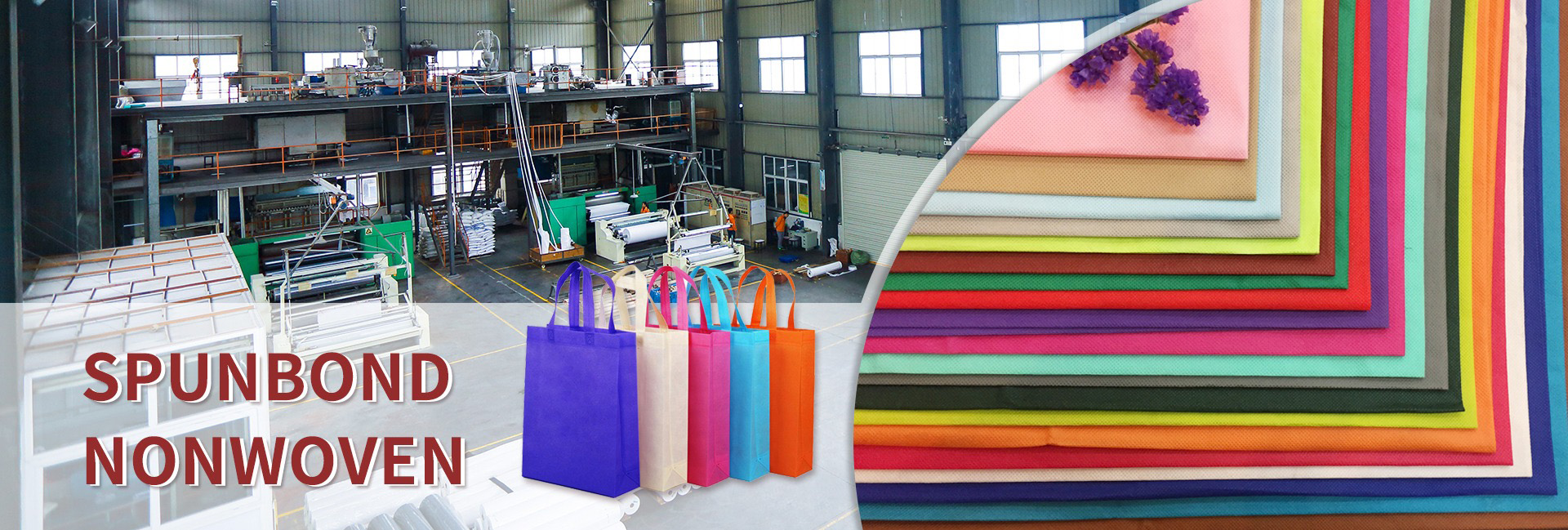In order to increase the amount of finishing agent applied to the surface of nonwoven fabrics, the fabrics were treated by multiple “coating-drying” methods.
The surface of the PTL coating can be covered with a new coating, and the coating thickness will increase with the number of repeated finishing. Taking the unfinished PET nonwoven fabric as the control sample, the samples that were repeatedly finished by the dipping method and the spraying method for 1 to 4 times were tested for antibacterial properties.
The effect of finishing times
The antibacterial rate of samples finished by different methods, as the number of PTL coating finishing times increases, the antibacterial rate of PET nonwoven fabrics also increases. PTL finishing PET nonwoven fabric has a good antibacterial effect on Staphylococcus aureus. After one dipping method finishing, the antibacterial rate can reach 98.82%, and after one spraying method finishing, the antibacterial rate can also reach 96.47%. After finishing three times, both the dipping method and the spraying method can achieve an antibacterial rate of more than 99%, and the antibacterial rate is almost unchanged when the finishing times are further increased.
The antibacterial property of PET nonwoven fabric against Escherichia coli is not as good as that of Staphylococcus aureus. After three times of finishing by dipping and spraying, the antibacterial rates of the fabric were 83.09% and 90.77%, respectively. The antibacterial rate did not increase much with the increase of finishing times.
Effect of finishing auxiliaries
Lysozyme mainly hydrolyzes the β-1,4-glycosidic bond between N-acetylmuramic acid and N-acetylglucosamine on the peptidoglycan main chain in the cell wall, decomposes the insoluble mucopolysaccharide in the cell wall into soluble glycopeptides, ruptures the cell wall, dissolves the bacteria, and achieves an antibacterial effect.
Compared with natural lysozyme, the arginine and lysine residues in the modified PTL amyloid protein coating increased significantly, and the surface showed abundant net positively charged amino acid residues. These abundant amino groups help to improve the antibacterial ability of the PTL coating.
Other studies have pointed out that the net positively charged PTL coating surface and the negatively charged bacterial cells can cause the electrostatic field of the microbial membrane to be disordered through electrostatic adsorption, causing the bacteria to stop breathing and achieve an antibacterial effect.
Congo red is a dye that can specifically bind to amyloid protein. Congo red staining of samples can be used to examine the adhesion of amyloid protein to non-woven fabrics. Under the same staining conditions, the unfinished PET non-woven fabric control sample was almost not colored, while the samples treated with PTL coating were all dyed bright red by Congo red, indicating that amyloid protein successfully adhered to the surface of PET non-woven fabrics.
Dongguan Liansheng Non woven Technology Co., Ltd. was established in May 2020. It is a large-scale non-woven fabric production enterprise integrating research and development, production, and sales. It can produce various colors of PP spunbond non-woven fabrics with a width of less than 3.2 meters from 9 grams to 300 grams.
Post time: Jun-15-2025

